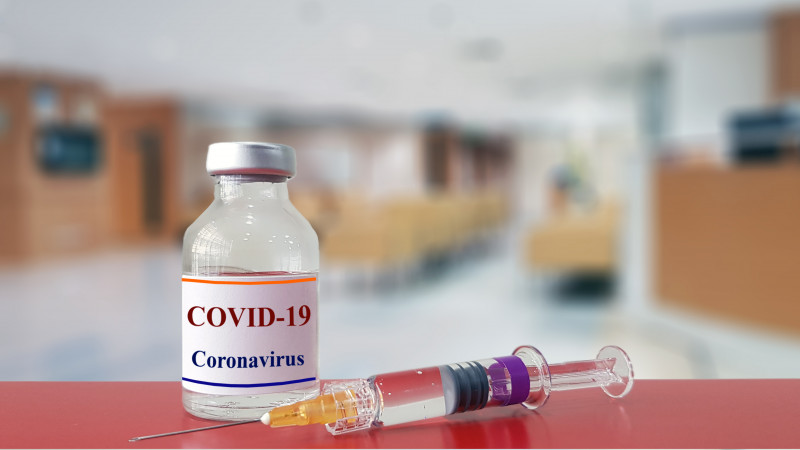COVID-19 Vaccine May Have Triggered CAD

joel bubble ben/Shutterstock
Vaccination for SARS-CoV-2, the virus that causes COVID-19, might have triggered cold agglutinin disease (CAD) in a 45-year-old woman, a case from Saudi Arabia reports.
Her symptoms appeared three days after receiving the first dose of the Pfizer-BioNTech COVID-19 vaccine. According to the study, the patient achieved complete remission eight weeks after treatment with rituximab.
The case-report, “Cold agglutinin disease after COVID-19 vaccine,” was published in the British Journal of Haematology.
CAD is an autoimmune disorder in which self-reactive antibodies, known as cold agglutinins, induce the destruction of red blood cells. The condition is triggered by exposure to cold temperatures (between 32 to 50 F, or 0 and 10 C), and occurs more frequently in people older than 55.
Depending on the cause, CAD can be classified as primary or secondary. In primary CAD the cause is unknown, while secondary CAD is thought to be associated with other underlying conditions, such as infections and other autoimmune disorders.
Increasing research has suggested that CAD can occur in patients with
COVID-19, and a recent report described the case of a woman whose CAD symptoms worsened after receiving a COVID-19 vaccine.
In this report, researchers in Saudi Arabia described the case of a woman who developed CAD after receiving a COVID-19 vaccine.
The woman explained having shortness of breath, heart palpitations, tiredness, and dark urine for a week before seeking medical attention. Symptoms appeared three days after receiving the first dose of the Pfizer-BioNTech COVID-19 vaccine.
The patient had no history of fever, coughing, joint pain, or recent medication use, and her physical exam showed she had a faster-than-normal heart rate (tachycardia), jaundice and pallor (unusually pale skin).
Laboratory tests revealed she had very low hemoglobin levels (5.7 g/dL, with the normal range for women being 12–16 g/dL) and reticulocytes (immature red blood cells) in her bloodstream.
The patient also had other typical features of CAD, including high levels of total bilirubin (46.4 micromole per liter (mcmol/L) with normal range being 3–20 mcmol/L); direct bilirubin (12.5 mcmol/L, normal range 0.5–8.6 mcmol/L); and lactate dehydrogenase (671 units/L, normal range 125–220 units/L). Of note, bilirubin and LDH are markers of red blood cell destruction.
Further testing showed red blood cell clumping (agglutination) and the direct antiglobulin test (DAT) was positive for C3, which a key molecule of the body’s innate complement immune system. DAT is a commonly used test to detect the presence of antibodies bound to red blood cells and accurately diagnose CAD.
Additional exams were carried out to search for an underlying cause of CAD. Doctors checked for other autoimmune disorders and infections with cytomegalovirus, Epstein–Barr virus, human immunodeficiency virus, parvovirus, or mycoplasma, but all were negative. Computed tomography scans of the neck, chest and abdomen also were normal.
The patient received supportive blood transfusion therapy and four weekly infusions of rituximab. Eight weeks after rituximab therapy, she achieved complete remission.
“Aggravation of cold agglutinin disease by vaccination for SARS-CoV-2 has been reported. Our patient indicates that de novo disease may also be precipitated,” the team wrote.






